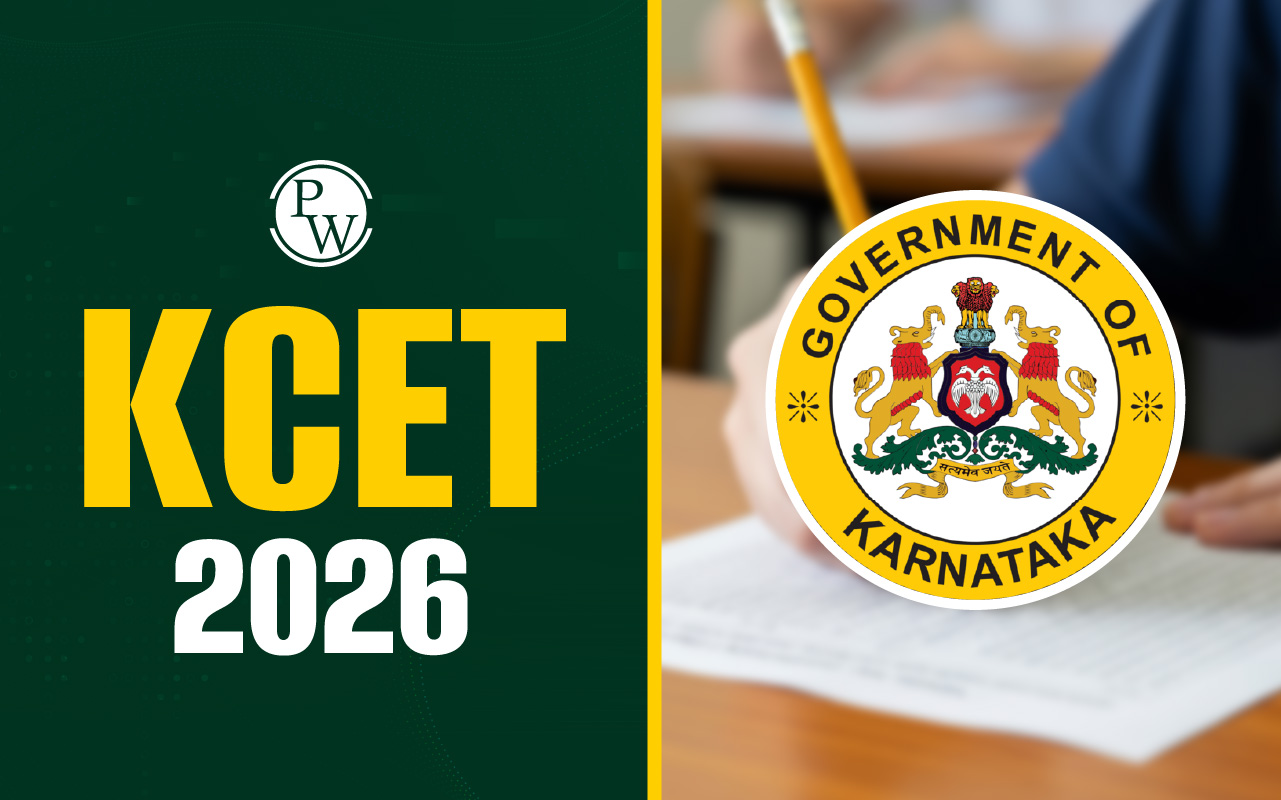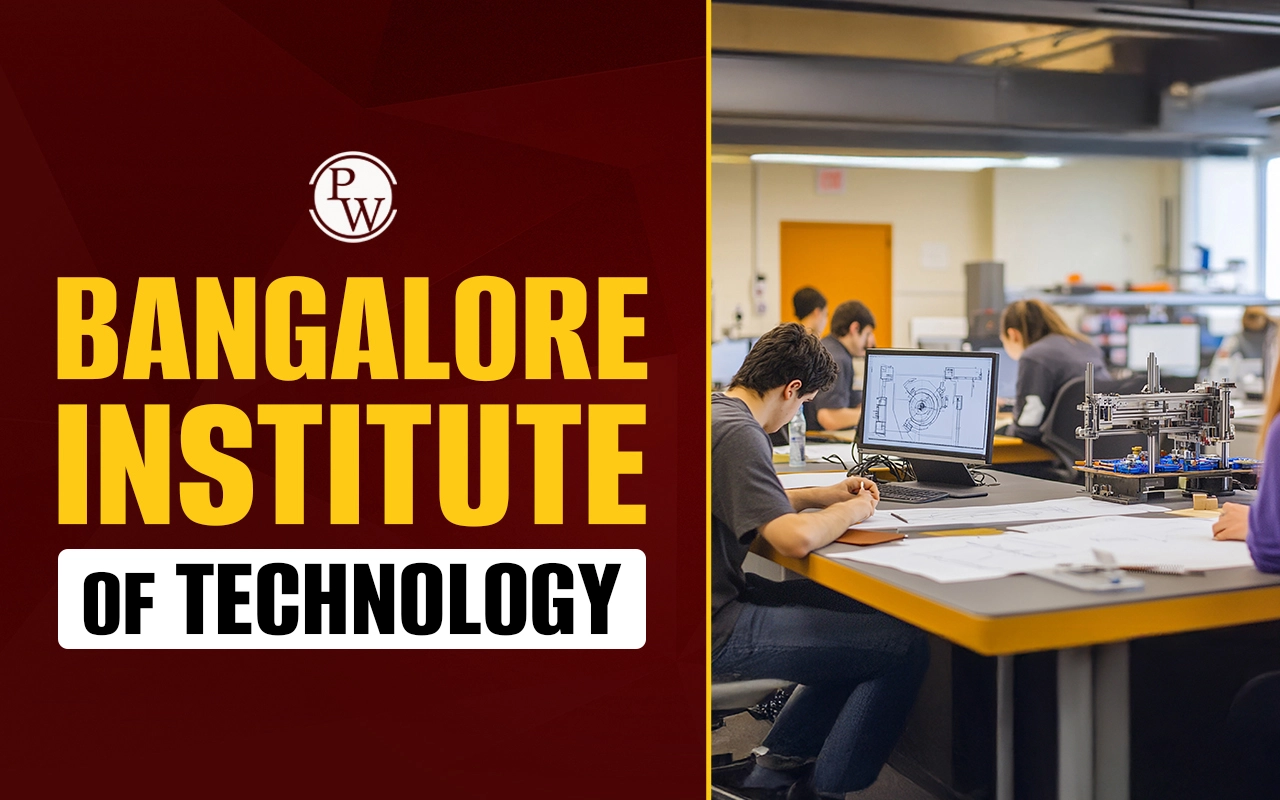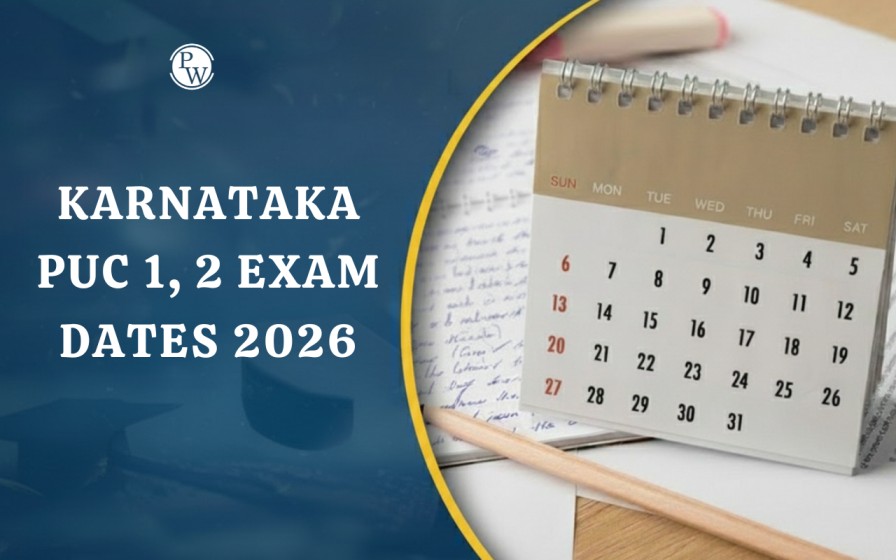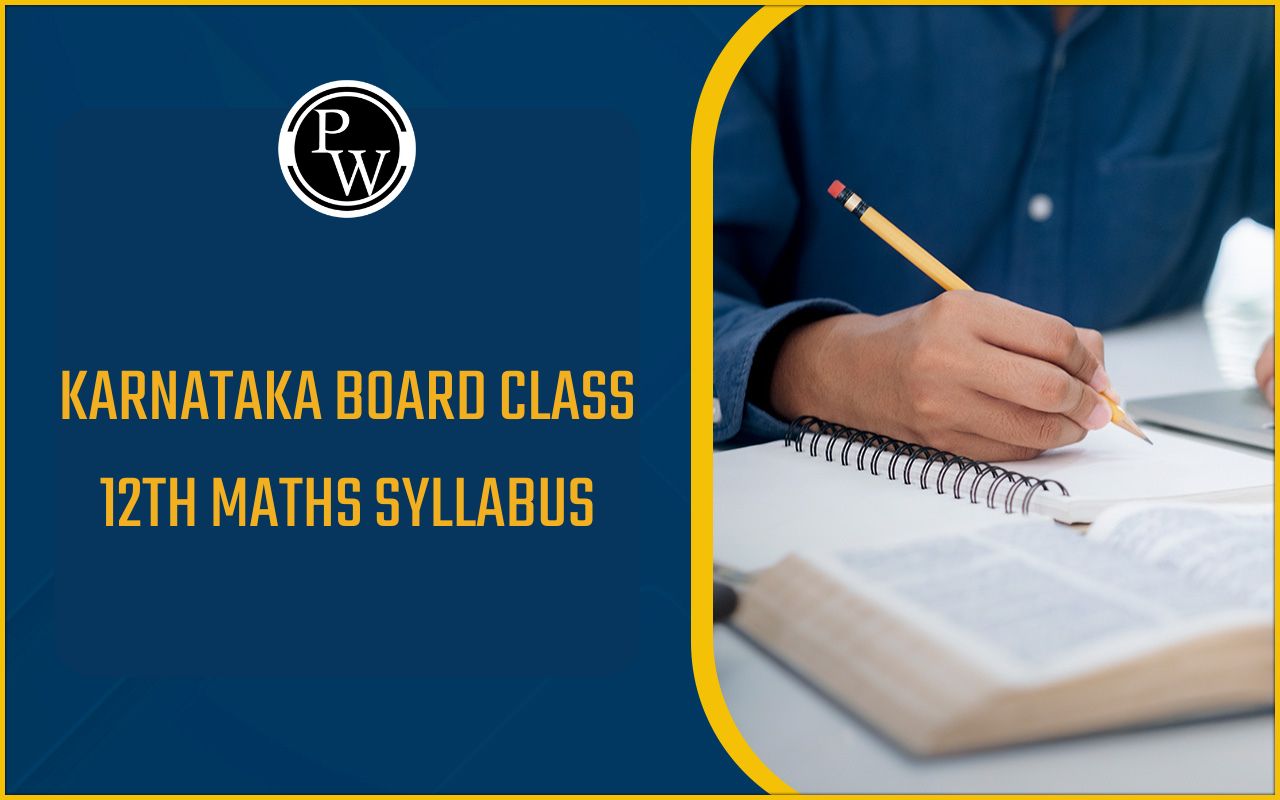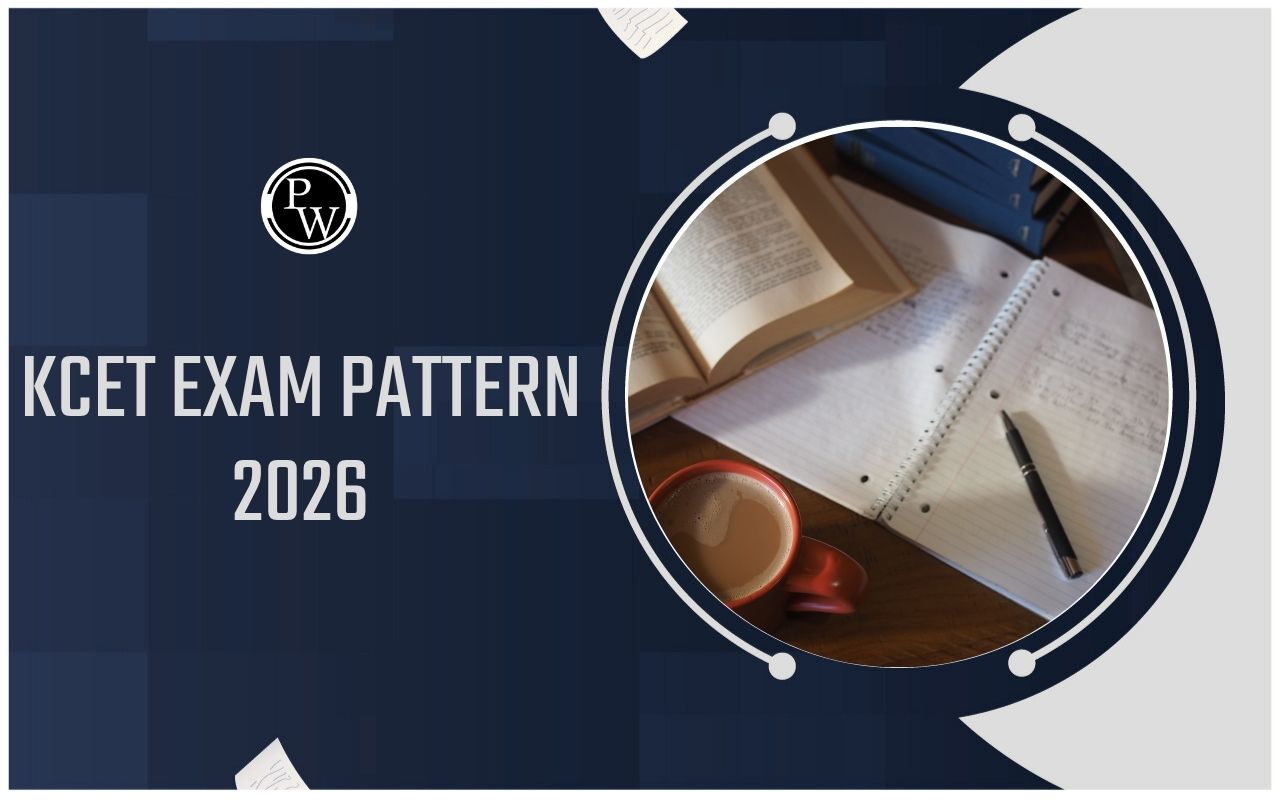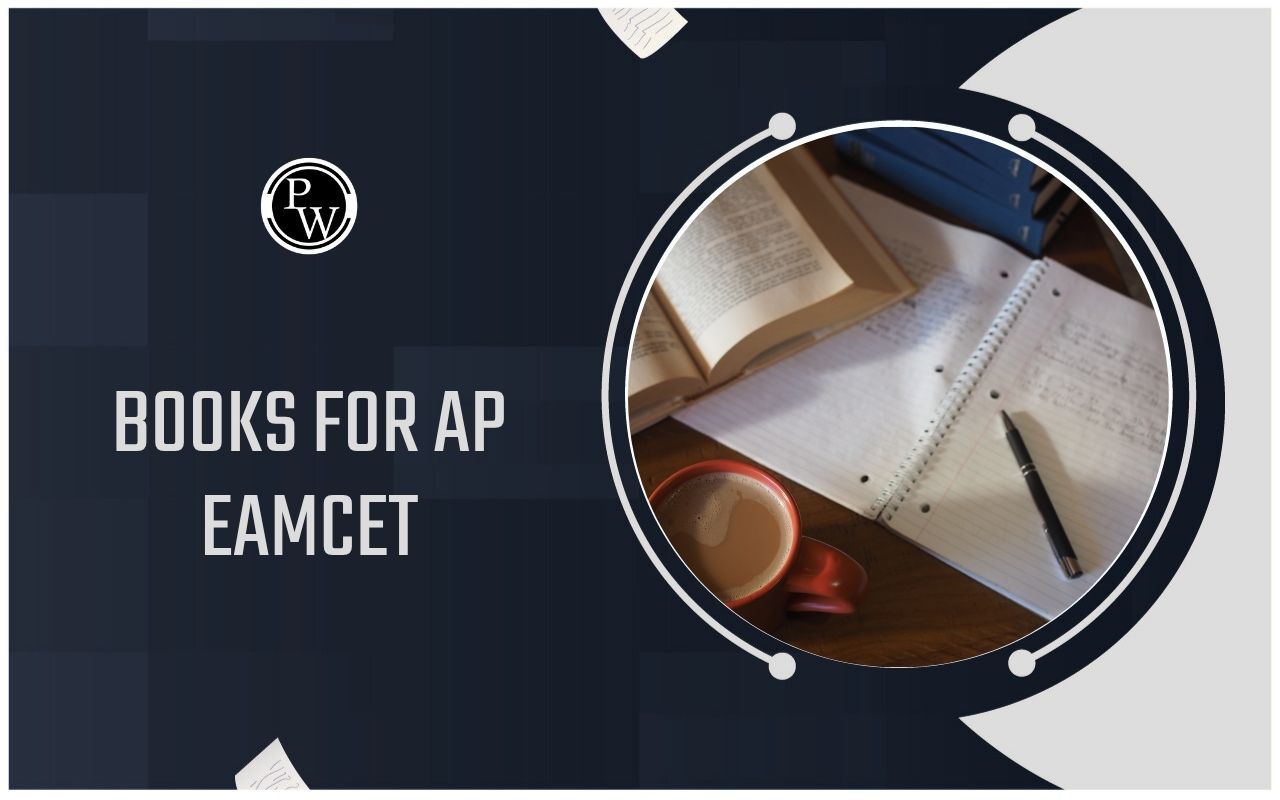
Karnataka 2nd PUC Physics Model Test Papers 2025 : Preparing for the Karnataka 2nd PUC Physics Exam 2025 becomes easier with the help of model test papers.
These papers, curated by the Karnataka School Examination and Assessment Board (KSEAB), are designed to match the latest syllabus and Karnataka 2nd PUC exam pattern . They provide students with a clear understanding of the types of questions, marking scheme, and important topics like thermodynamics, electromagnetism, and optics. Solving these papers regularly helps students improve their problem-solving speed and accuracy while building confidence for the final exam. These model test papers are not only useful for self-assessment but also act as a guide to identify areas that need improvement. Download the PDFs and start practicing today for better results in Physics.Karnataka 2nd PUC Physics Model Test Papers 2025 Overview
The overview provides insights into question patterns, key topics, and marks distribution, helping students prepare effectively for Physics. Detailed information is provided below for better understanding.| Karnataka 2nd PUC Physics Model Test Papers 2025 Overview | |
|---|---|
| Aspect | Details |
| Subject | Physics |
| Class | 2nd PUC (Class 12) |
| Academic Year | 2024-2025 |
| Exam Conducting Body | Karnataka School Examination and Assessment Board (KSEAB) |
| Purpose | To familiarize students with the exam pattern, question types, and marks distribution |
| Content | Sample questions based on the latest Physics syllabus |
| Format | PDF, available for download |
| Availability | Accessible via the official KSEAB website and other educational platforms |
| Additional Resources | Includes blueprints, past papers, and practical-related questions for complete preparation |
Karnataka 2nd PUC Physics Blue Print for Model Test Papers 2025
The blueprint highlights marks allocation, question types, and topic weightage for the Physics exam. Download the detailed PDFs below to align your preparation with the exam requirements for 2025.| Karnataka 2nd PUC Physics Blue Print for Model Test Papers 2025 | |
|---|---|
| Title | |
| Karnataka 2nd PUC Physics Blue Print For Model Test Paper 2025 - 1 | Download |
| Karnataka 2nd PUC Physics Blue Print For Model Test Paper 2025 - 2 | Download |
| Karnataka 2nd PUC Physics Blue Print For Model Test Paper 2025 - 3 | Download |
Karnataka 2nd PUC Physics Model Test Papers 2025
The model test papers help students practice different question types, enhance problem-solving skills, and prepare confidently. PDFs for the Physics model test papers can be downloaded below for effective preparation.| Karnataka 2nd PUC Physics Model Test Papers 2025 | |
|---|---|
| Title | |
| Karnataka 2nd PUC Physics Model Test Paper 2025 - 1 | Download |
| Karnataka 2nd PUC Physics Model Test Paper 2025 - 2 | Download |
| Karnataka 2nd PUC Physics Model Test Paper 2025 - 3 | Download |
How to Utilize Karnataka 2nd PUC Physics Model Test Papers 2025 for Good Marks?
Study the Syllabus and Blueprint - Start by reviewing the Karnataka 2nd PUC Physics syllabus and blueprint to understand which topics are essential. This ensures your preparation is aligned with the focus areas of the exam.
Create a Study Plan Around Model Papers - Allocate specific days in your study schedule to solve model papers. Balance this with revision sessions so you can consolidate what you’ve learned while practicing.
Prioritize Difficult Topics - Use model test papers to focus on challenging topics like electromagnetic induction, thermodynamics, and ray optics. Gradually work on these areas to strengthen your understanding.
Practice Answer Structuring - For theoretical questions, practice writing clear, concise, and well-structured answers. Highlight important points and include diagrams or graphs where necessary to enhance your presentation.
Develop Problem-Solving Strategies - Model test papers allow you to practice different types of questions, such as numericals, derivations, and short answers. Focus on building strategies to solve each type effectively.
Time Yourself for Speed Improvement - Set a timer while solving each model paper to improve your speed. Learn to allocate time wisely between sections so you can attempt all questions during the actual exam.
Use Model Papers for Revision - Closer to the exam, use model test papers as a revision tool to revisit all key topics. Solve them under timed conditions to simulate the final exam.
Focus on Commonly Repeated Questions - Look for questions that frequently appear in previous years’ papers and model tests. These are often based on high-priority topics and can boost your confidence.
Evaluate Your Performance Regularly - After solving each paper, assess your performance. Track your progress, note improvements, and revisit topics where you continue to make errors.
Combine Model Papers with Practical Experiments - Since Physics includes practical components, use the model papers to relate theoretical concepts with practical applications, making the subject easier to grasp.
FAQs
What is the purpose of the Karnataka 2nd PUC Physics Model Test Papers?
Where can I download the model test papers?
What is included in the Physics model test papers?
How many marks are allocated for internal assessment?
What is the exam pattern for Physics in 2025?
Why should students solve model test papers?
What topics are emphasized in the Physics model papers?


